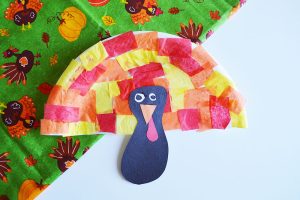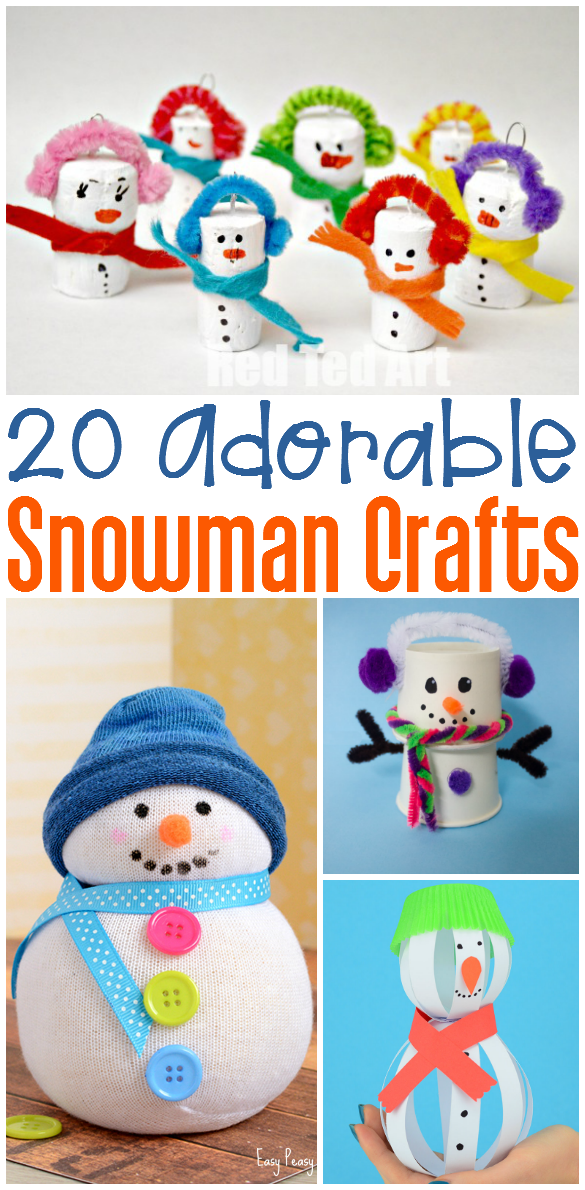
20 Snowman Crafts
Who wants to build a snowman? We do! This week we’ve rounded up some snowman crafts and activities. Each link contains a fun…
Everyone has worry and stress in their lives. There are many ways to deal with these feelings. Many times we develop positive adaptive behavior and other times we turn to terrible addictions and bad patterns. Let’s talk about “fight or flight” reactions. It’s TRUE that stress causes chemicals to be released into our bodies! So, when we are in stressful situations or feel overwhelmed chemicals which cause increases in heart rate, blood pressure, adrenaline, and cortisol. The main part of the brain which is responsible for all of this is called the AMYGDALA. Here’s a link for those who want a more scientific explanation. We need a fight or flight reaction to protect ourselves from danger. For example, if a snake crawls over our foot in the woods, we need to heighten our body’s awareness of the snake and form a response to protect ourselves from danger. The problem comes when we are not in any real danger and our bodies react negatively to their environment OR we become overwhelmed and stressed due to disorganization and inattention.
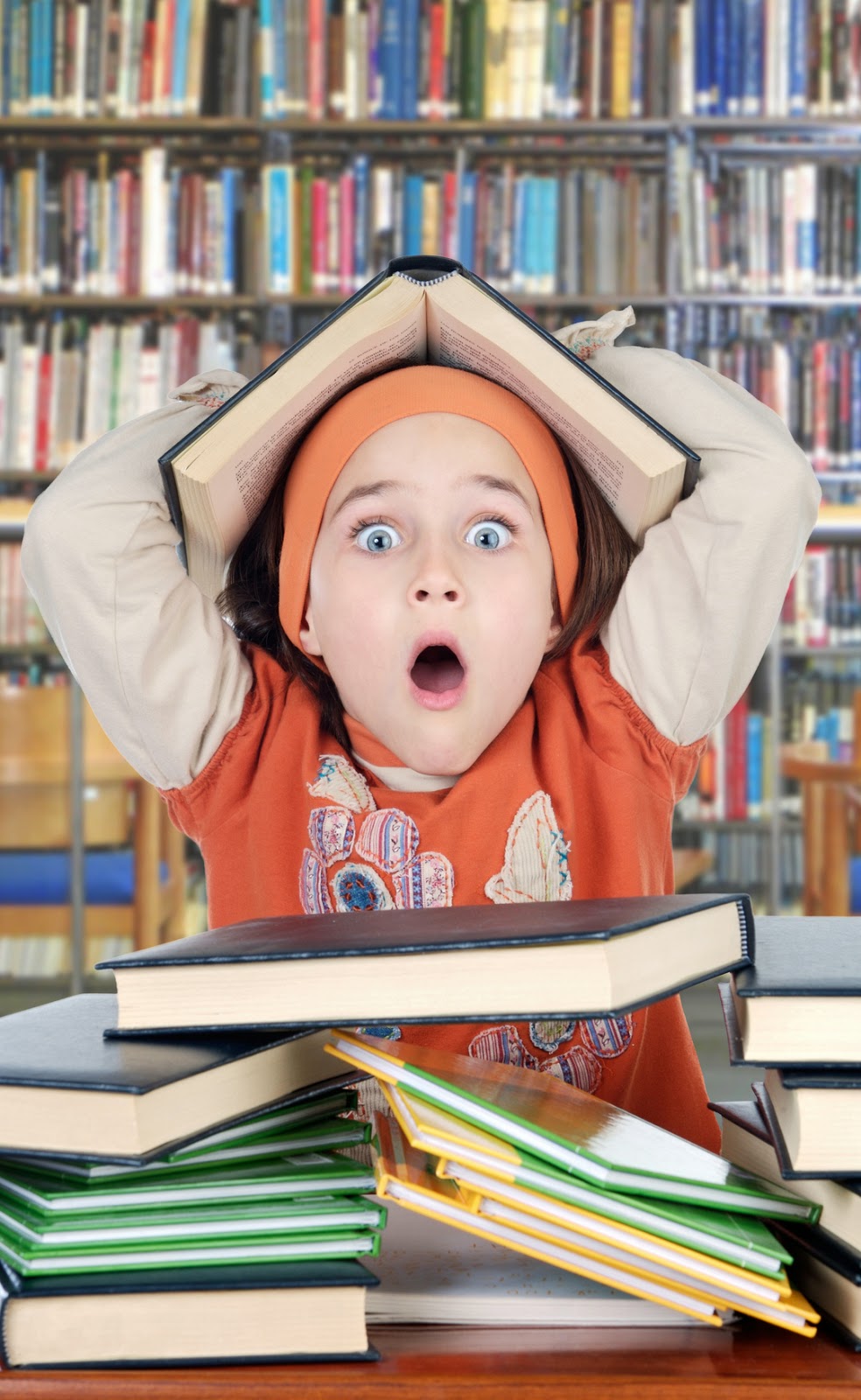 |
| Stressed-Out! |
Children who have ADD/ADHD often experience stress and frequent responses to “normal” everyday activities. For example, when a routine gets interrupted or things are perceived as overwhelming, the stress response is triggered. This is beyond the child’s control and can cause great interruptions in daily life. Some small changes and additions to the routine may help greatly.
Here are 5 “Out of the POCKET” tips you can use today:
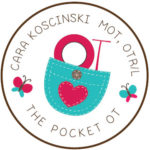
1) Take deep breaths. Taking a minute to stop and give the body a break and the brain some oxygen can do wonders for everyone! This is true not only with your child but for the caregiver. Do not heighten the anxiety by adding to the stress. Together, take ten deep breaths and while you do, count to ten while raising your arms up into the air slowly when you inhale and bring them back down when you exhale. Deep breathing needs to be done SLOWLY and you should feel the diaphragm (at the bottom of your ribcage) moving when you are deep breathing. Another way to breathe is to add the visual of a rectangle. Think of the “long” sides when you exhale and the two shorter sides when inhaling. You can even draw a rectangle on the chalkboard or a piece of paper so that kids have a visual representation.
2) Use music. There have been many studies involving the use of classical music, such as Mozart for relaxation. I love music and the Sacred Earth Drums CD is by far my favorite in my clinic. Slow rhythms are very grounding and calming. Ask kids to move along to the beat in any way they want. Encourage them to “feel” the music and not to worry about looking silly.
One of my favorite CDs for therapy, home, and cool-down areas is called Sacred Earth Drums. Here’s the Amazon link:

BONUS: Provide children a vibratory massager such as the one below. There are a few different animals for sale. Ladybug and other fun animals are available. Here’s a link to one of my favorites on Amazon:
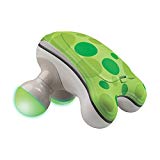
Encourage kids to place the massager on The large muscles of the legs, arms,
chest, or wherever the “wiggles” are. The use of vibration is generally calming, in the same way, getting a massage is. Vibration reaches deep into the body’s tissues and the low-frequency waves provide great sensory input.
3) Use mini-schedules for everyday tasks. We are constantly using visual reinforcements in our home and clinic. They are easily created and cheap to make. Write down the steps of each task on an index care and laminate. It may be helpful to take pictures of your child as he’s demonstrating each activity. Some kids need real-life pictures vs. words or clip art. Here’s an example of a before school schedule:
a) eat breakfast
b) brush teeth
d) wash face
d) get dressed
e) gather homework and place into the backpack
As your child is done with each task, provide a dry erase marker to check off the box. A paperclip can be slid down the list as tasks are completed. For extra fun, add a reward at the end!
4) Add movement. Every child needs to move and this is especially true for our children with ADD/ADHD. Build in movement such as jumping jacks, wall push-ups, jumping on a small trampoline, jumping rope, kick a soccer ball, or pretending to walk like various animals. No child should come home from school and begin homework without taking an exercise break. Movement activities should even be done in the morning prior to school. Thirty minutes of exercise/physical activity is wonderful. Exercise is proven to release chemicals in our bodies that make us feel great!
5) Plan ahead of time. Pack backpacks the night before. Review tomorrow’s schedule before going to bed so kids know what to expect. Lay out clothing the night before school. Ask teachers to notify your child of possible changes in routine the day before and prior to the change so that children know what’s coming next. Predictability is important to all of us. There are always random changes in the schedule for unforeseen reasons, but keeping organized and prepared is important.
Good Luck and let me know if you have awesome ways to decrease anxiety in your child with ADD/ADHD.
Want more information on mindfulness? Read my earlier blog post here.



